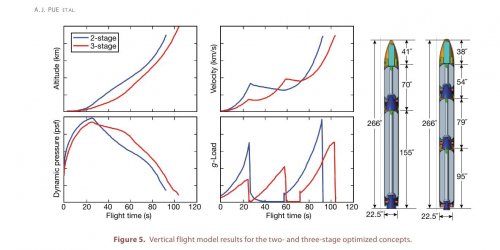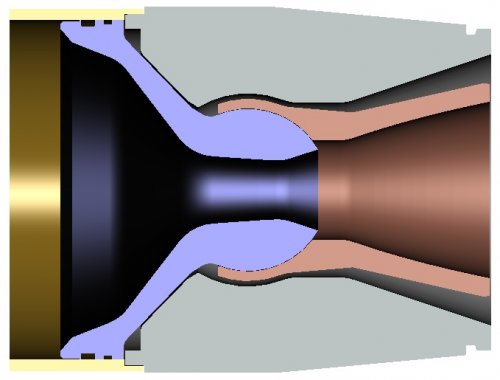bring_it_on
I really should change my personal text
- Joined
- 4 July 2013
- Messages
- 3,651
- Reaction score
- 3,781
sferrin said:Considering the Block II is about $31 million
But a quite a bit of that would be due to its mission needs. On the other hand, utilizing the front end of the SM6 and the larger stage would most likely not result in that big of a bump in cost. The SM6 is currently under $5 Million a round. It would be quite expensive to use an EKV equipped space interceptor for anti-ship purposes but I guess you could follow a growth strategy utilizing the larger stages and re-using SM6 parts for both better terminal intercept capability and longer ranged anti shipping roles. I'd put them on land as well without the other AEGIS BMD elements and develop a more Air defense oriented sensor with a smaller footprint.



